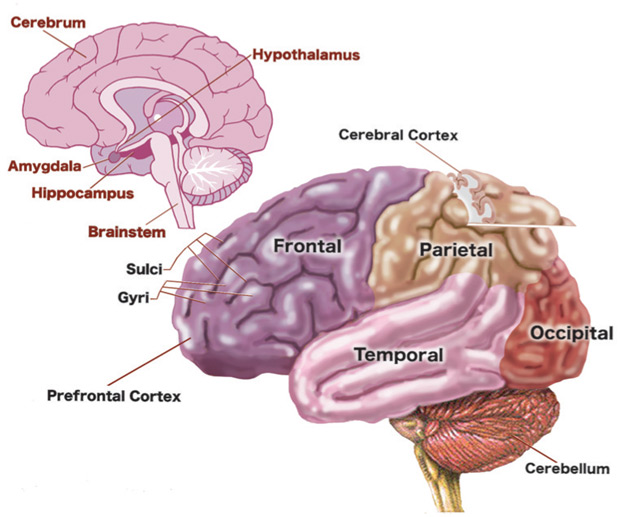Baby's Brain Begins Now: Conception to Age 3

The fact that children are affected by their surroundings is too obvious to bear repeating. Child development specialists have produced decades of research showing that the environment of a child's earliest years can have effects that last a lifetime.
Thanks to recent advances in technology, we have a clearer understanding of how these effects are related to early brain development. Neuroscientists can now identify patterns in brain activity that appear to be associated with some types of negative early experiences.1
But the long-term effects of early stress, poverty, neglect and maltreatment were well documented and virtually uncontested years before we could "see" them with brain scanning tools. So why should we need an understanding of brain development to show us how important children's earliest experiences are for their well-being? Isn't neuroscience just telling us what we already know?
Actually, there are several reasons why we should pay attention to the evidence provided by neuroscience. For instance, it may help us learn exactly how experiences affect children. This knowledge can aid our efforts to help children who are at risk and to undo, where possible, the effects of early adversity. Additionally, neuroscientists may help us learn when experiences affect children. If there are specific periods of vulnerability to certain types of experiences, then understanding these patterns will improve our attempts at intervention.
So far, neuroscience has not found conclusive answers to these questions. However, dramatic advances continue to be made in the field, and brain research continues to enhance education and intervention efforts. Accordingly, we have expanded this year's Brain Development chapter to include additional information reflecting the latest scientific research.
We begin with a thumbnail sketch of brain anatomy, followed by a closer look at neurons and synapses, the brain's communication specialists. We then discuss some unique features of early brain development and show how they make the first three years of life an especially critical period. Finally, we present an outline of brain development from conception to three, linking developmental events to the cognitive and behavioral changes associated with them.

In the first three years, a child's brain has up to twice as many synapses as it will have in adulthood.
Now that we're a little more familiar with the fundamentals of the brain, let's take a look at brain development in children. Between conception and age three, a child's brain undergoes an impressive amount of change. At birth, it already has about all of the neurons it will ever have. It doubles in size in the first year, and by age three it has reached 80 percent of its adult volume.
Even more importantly, synapses are formed at a faster rate during these years than at any other time. In fact, the brain creates many more of them than it needs: at age two or three, the brain has up to twice as many synapses as it will have in adulthood (Figure 3). These surplus connections are gradually eliminated throughout childhood and adolescence, a process sometimes referred to as blooming and pruning.

